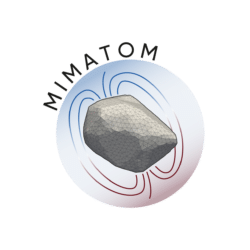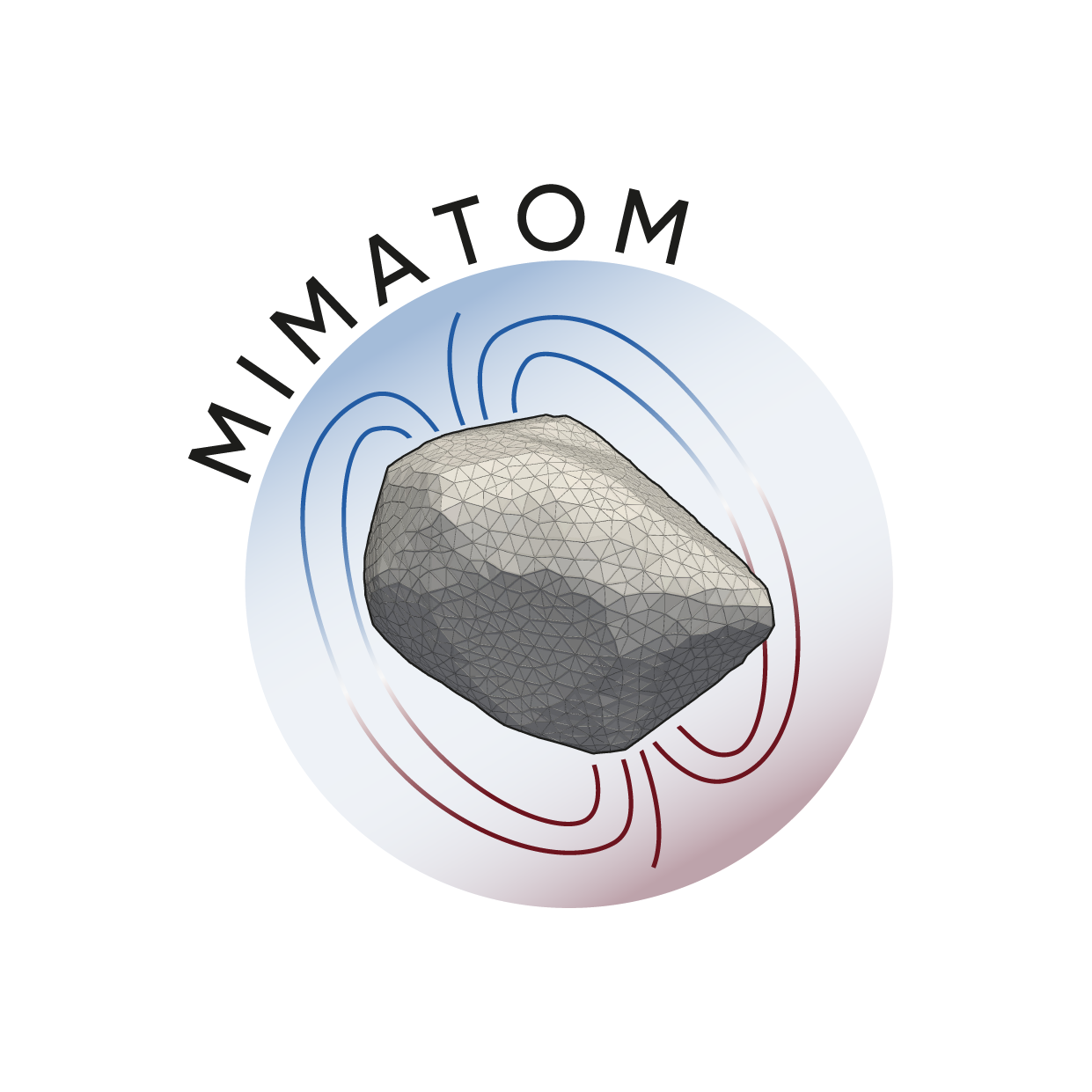Signal strength ratio, or SSR, indicates the ability of a grain to transmit its magnetic moment to the corresponding QDM/SSM scanning grid. The basic idea of this parameter was first developed in the paper of Córtes-Ortũno et al. (2021) and extended in Out et al. (2022). SSR of each grain is dependent on three parameters: distance to the scanning grid, R, the volume of the grain, V, and the diameter of the grain, d. A larger grain volume induces a larger magnetic moment, thereby making it easier to transmit its signal to the scanning surface, hence the SSR is increased. On the other hand, an increase in distance to the scanning grid detoriates the magnetic signal with a power of three, resulting into a significant decrease in SSR. A larger diameter of a grain relates linear to a smaller magnetization, caused by magnetic reassembling, resulting into a weaker signal and hence a lower SSR.
The SSR is therefore given by:
\text{SSR} = \frac{V}{R^3d}




